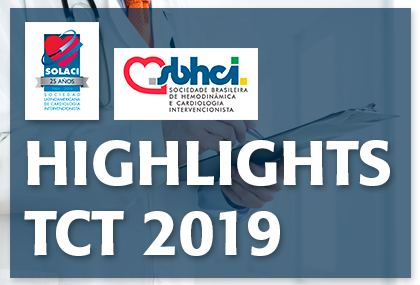Courtesy of SBHCI.
The COMPLETE study was carried out to assess the benefit of complete revascularization vs culprit vessel revascularization in the context of ST elevation acute myocardial infarction. This COMPLETE sub-study presented at TCT 2019 scientific sessions simultaneously published in JACC assessed the optimal timing of complete revascularization. The general study had already shown the latter is superior to treating only the culprit vessel.

The sub-study assessed two groups: complete revascularization done during index hospitalization (n=2702) and complete revascularization after discharge (n=1339). Patients in the first group passed through the cath lab again at mean 1 day after infarction and patients in the second group at mean 23 days.
Outcomes at 3 years for primary end point (composite of death and repeat MI) and secondary end points such as death, MI or ischemia driven revascularization were analyzed in both groups.
For both the primary and secondary end points, both groups undergoing complete revascularization (during index hospitalization and after discharge) saw a benefit vs. culprit vessel revascularization alone.
There seems to be no difference between complete revascularization at hospitalization or after discharge and in both arms the major benefit was observed after 45 days of MI. With this data we could speculate that complete revascularization should follow physician criterion on a case by case basis. Given the curves start growing apart more significantly as of day 45, it seems reasonable to do it before this point.
Courtesy of SBHCI.
Link to the SBHCI publication HERE
Original Title: COMPLETE TIMING SUBSTUDY – A Randomized Trial Of Complete Staged Revascularization Vs. Infarct Artery PCI Alone In Patients With Acute Myocardial Infarction And Multivessel Disease — Importance Of Revascularization Timing.
Author of the Original Article: David A. Wood.
Get the latest scientific articles on interventional cardiologySubscribe to our weekly newsletter
We are interested in your opinion. Please, leave your comments, thoughts, questions, etc., below. They will be most welcome.





